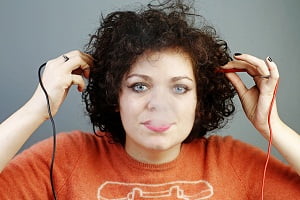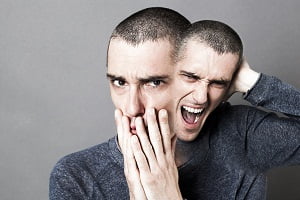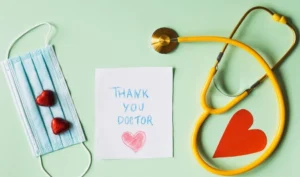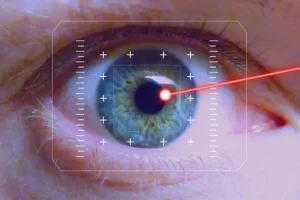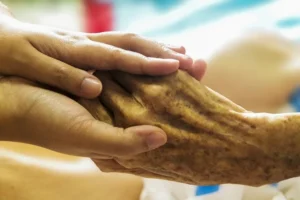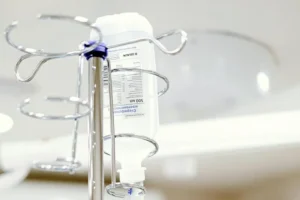How Successful Are Brain Stimulation Therapies for Mental Illnesses?
- Updated on: Nov 25, 2024
- 4 min Read
- Published on Apr 21, 2021
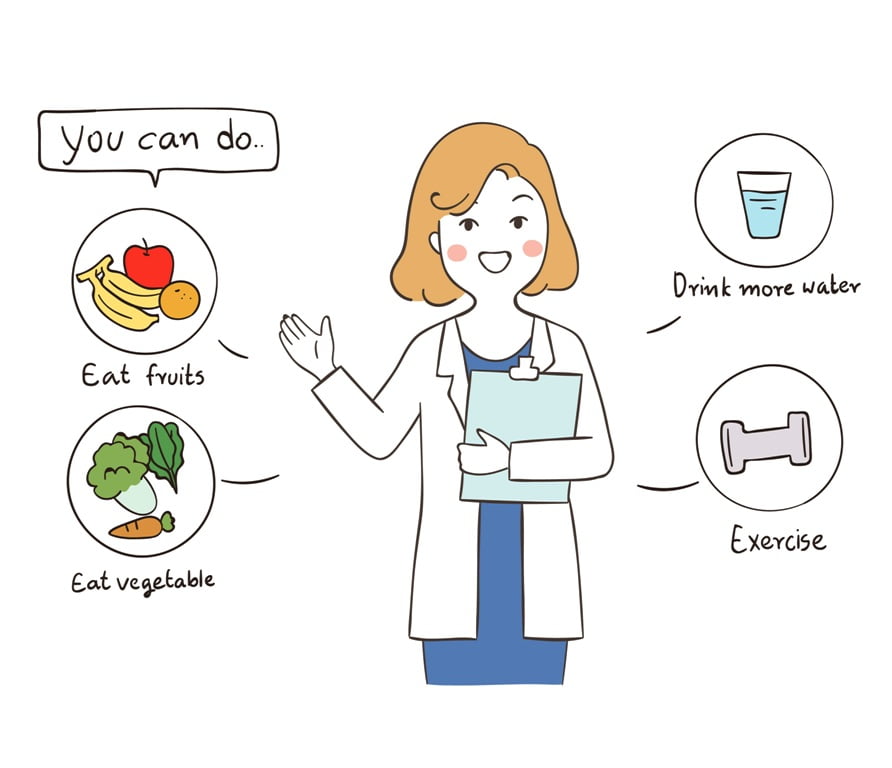
Brain stimulation therapy – Electrical stimulation therapy and magnetic stimulation therapy
Brain stimulation therapies can be helpful in treating certain mental illnesses. These therapies involve activating or inhibiting brain activity directly through electricity stimulation. The electricity is given directly by the electrodes that may be implanted in the brain or at other locations or located externally such as at the scalp. The electric stimulation can be applied through magnetic fields as well.
While these therapies are less commonly used compared to medication, but these are found to be effective in situations when medication does not work. Some of these therapies are:
- Electroconvulsive therapy
- vagus nerve stimulation
- repetitive transcranial magnetic stimulation (transcranial direct current stimulation)
- deep brain stimulation
- magnetic seizure therapy
Electroconvulsive Therapy
Electroconvulsive therapy (ECT) is a brain stimulation procedure, done under general anesthesia. In an electroconvulsive therapy, small electric currents are passed through the brain intentionally to cause a brief seizure. It is thought that ECT brings changes in brain chemistry that can quickly reverse the symptoms of certain mental illnesses.
Electroconvulsive therapy is the best studied brain stimulation therapy and has been in use for the longest time. Other stimulation therapies are newer, and some of them are still in experimental stages.
Unlike in the past, ECT is much safer today. It uses electric currents in a controlled setting to achieve the optimum benefit with fewest possible risks and side effects.
Electroconvulsive therapy (ECT) can provide significant and fast improvements in many mental health conditions, such as:
- Severe depression
- Severe mania
- Catatonia
- Dementia
- Schizophrenia – Sometimes, doctors use it to treat schizophrenia. In schizophrenia, ECT is generally very effective for a syndrome called catatonia. It is a condition that may occur along with schizophrenia, some forms of depression, and other psychiatric disorders. This method may also be used to ease other symptoms of schizophrenia, such as delusions, hallucinations, or disorganized/confused thinking.
This infographic was created by Reclaim Fitness.
Vagus nerve stimulation
Vagus nerve stimulation is a procedure in which a device that stimulates the vagus nerve with electrical impulses is implanted inside the body. The vagus nerve is located on each side of your body and extends from your brainstem through your neck to the chest and abdomen.
Vagus nerve stimulation is generally helpful to treat epilepsy when other treatments do not work. It is also used as a treatment for many other brain (mental) problems such as:
- severe depression – that does not respond to typical depression treatments
- seizures: vagus nerve stimulation prevents seizures by sending pulses of electrical energy to the brain through the vagus nerve
- Researchers are studying vagus nerve stimulation as a potential treatment for a variety of other conditions such as multiple sclerosis, headache, Alzheimer’s disease etc.
In a vagus nerve stimulation therapy, a device is surgically implanted under the skin on your chest, and a wire is placed under the skin that connects the device to the left vagus nerve.
Repetitive transcranial magnetic stimulation (TMS treatment) for mental illnesses (transcranial direct current stimulation)
Repetitive transcranial magnetic stimulation (rTMS) uses magnetic fields to activate the brain. One particular benefit of this therapy is that it can be targeted to a specific site in the brain.
During the procedure, an electromagnetic coil is held against the forehead near a target area of the brain. Electromagnetic pulses are then generated through the coil. These magnetic pulses cause small electrical currents to stimulate the nerve cells in the targeted area of the brain.
The magnetic field used in this therapy is about the same strength as that of a magnetic resonance imaging (MRI) scan. A person feels a slight tapping on the head when the therapy is administered.
rTMS is used for the treatment of:
- Depression – rTMS was approved by the FDA as a treatment for major depression for patients who do not respond to antidepressant medication
- Psychosis
- Anxiety
- Other mental disorders
Repetitive transcranial magnetic stimulation, often referred to as TMS treatment, uses magnetic fields to activate the brain.
Deep brain stimulation (DBS)
Deep brain stimulation (DBS) was originally developed as a treatment for Parkinson’s disease to reduce tremor, stiffness, and movement-related problems. A pair of electrodes is implanted in the brain and controlled by a pulse generator, which is implanted in the chest. The stimulation is delivered continuously with a frequency and strength according to the needs of an individual.
DBS involves brain surgery. The head is shaved before the procedure. Then, the head is attached with screws to a frame that prevents the head from moving during the surgery.
Patients are awake during the procedure, but they do not feel any pain because a local anesthetic is applied to numb the head.
Two holes are created into the head. The surgeon inserts a tube down into the brain from the holes to place electrodes on each side of target area of the brain. The electrodes are attached to wires that run inside the body from the head to the chest. Power generators are also implanted to send electrical pulses continuously over the wires to the electrodes in the brain for deep brain stimulation of the target brain region.
DBS has been studied as a treatment option for many mental problems such as:
- Parkinson’s disease
- Depression – its use for depression is only on an experimental basis
- Obsessive compulsive disorder (OCD) – there exists a Humanitarian Device Exemption for the use of DBS to treat OCD
Magnetic seizure therapy (MST)
Magnetic Seizure Therapy (MST) is a new method of convulsive therapy that involves rapidly using alternating strong magnetic fields.
MST uses certain characteristics from both ECT and rTMS. Like rTMS, MST uses magnetic pulses instead of electricity to stimulate a target in the brain. But, unlike rTMS, MST aims to trigger a seizure as is done in an ECT.
The pulses are given at a higher frequency compared to that in rTMS. Therefore, a patient is anesthetized before the procedure.
MST is in early stages of testing for mental problems, but initial results are promising. Based on reports from trials, it is believed that MST offers the same clinical efficacy as an ECT but without side effects. Clinical studies done so far observed these side effects of an ECT – headache, nausea, dizziness and cognitive disorder. But these are not generally observed in an MST. Also, faster recovery compared to ECT has been reported.
MST is being studied as a treatment option for these mental illnesses:
- Depression
- Schizophrenia
- Obsessive-compulsive disorder






